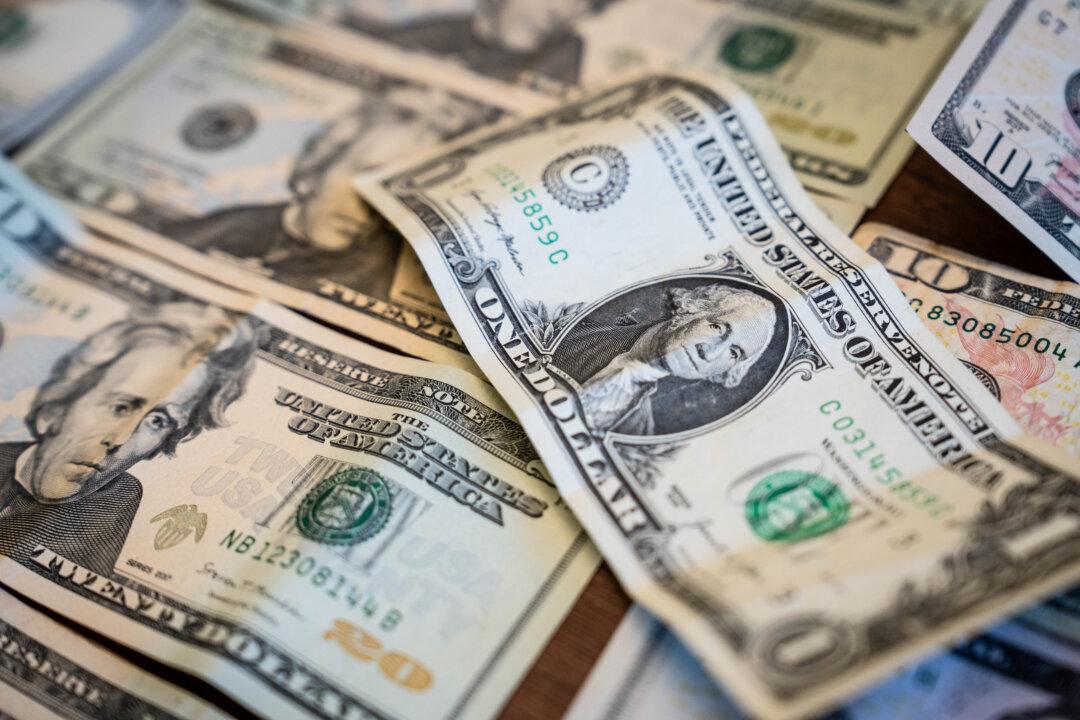As President Joe Biden and his administration try to promote Bidenomics and convince voters that the economy is strong, a new study found that more U.S. households are less optimistic about their financial situations as the pressures of high inflation and borrowing costs weigh on consumers’ wallets.
According to the Federal Reserve Bank of New York’s August Survey of Consumer Expectations (SCE), 41 percent of households say they’re financially worse off than a year ago, and nearly 30 percent believe that they will be worse off a year from now.





